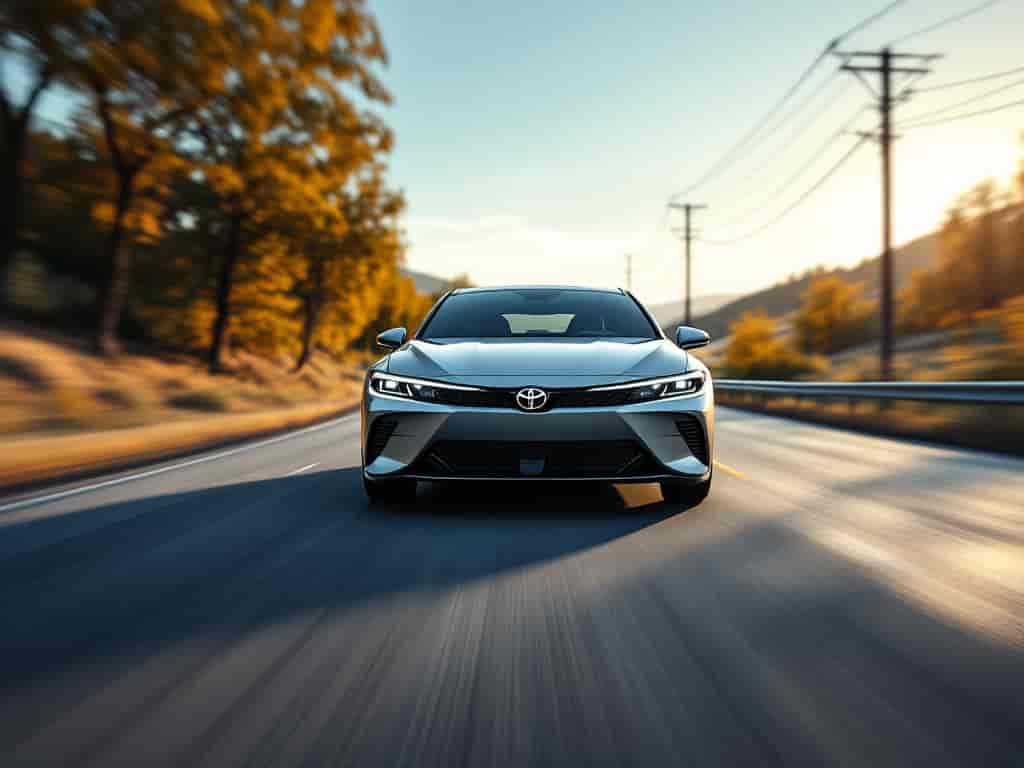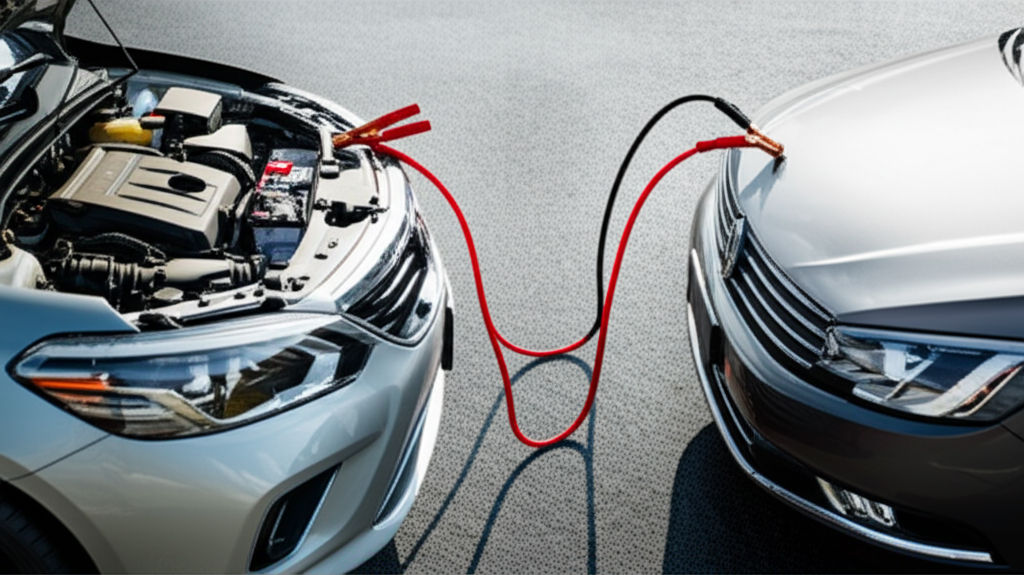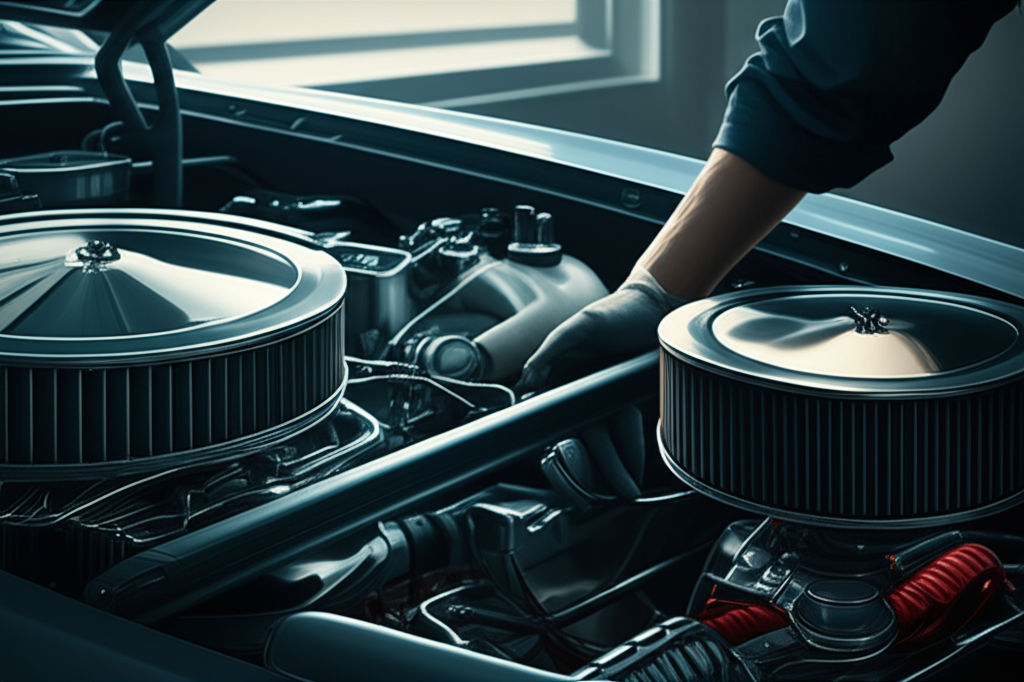Boost Fuel Efficiency with These Smart Driving Tips
Ellie Moore

Photo: Boost Fuel Efficiency with These Smart Driving Tips
Boost Fuel Efficiency with These Smart Driving Tips
In today's world, where fuel prices fluctuate and environmental concerns are paramount, maximizing fuel efficiency is more important than ever. Whether you're a daily commuter or a long-distance traveler, adopting smart driving habits can lead to significant savings and reduce your carbon footprint. This comprehensive guide explores effective strategies to boost fuel efficiency, ensuring you get the most out of every gallon.
Understanding Fuel Efficiency
Fuel efficiency refers to how effectively a vehicle converts fuel into distance traveled. Measured in miles per gallon (MPG) or liters per 100 kilometers (L/100km), it varies based on driving habits, vehicle maintenance, and environmental factors. Improving fuel efficiency not only saves money but also contributes to environmental sustainability by reducing greenhouse gas emissions.
Smart Driving Tips to Enhance Fuel Efficiency
1. Maintain a Steady Speed
One of the most effective ways to improve fuel efficiency is by maintaining a consistent speed. Frequent acceleration and braking consume more fuel. Utilizing cruise control on highways can help maintain a steady speed, reducing unnecessary fuel consumption.
- Tip: Aim for a speed between 50-65 mph (80-105 km/h). Higher speeds increase air resistance, which requires more fuel.
2. Avoid Excessive Idling
Idling for extended periods wastes fuel. Modern engines are designed to consume minimal fuel when restarted, making it more efficient to turn off the engine if you expect to be stationary for more than a minute.
- Example: If you're waiting in a parking lot or stuck in traffic for over a minute, consider turning off your engine to save fuel.
3. Optimize Tire Pressure
Under-inflated tires increase rolling resistance, leading to higher fuel consumption. Regularly checking and maintaining proper tire pressure ensures optimal fuel efficiency and extends tire lifespan.
- Action Step: Check your tire pressure monthly and before long trips. Refer to your vehicle's manual or the sticker inside the driver's door for recommended pressure levels.
4. Reduce Weight and Drag
Extra weight and aerodynamic drag can significantly decrease fuel efficiency. Removing unnecessary items from your vehicle and avoiding roof racks or carriers can make a noticeable difference.
- Bullet Points:
- Remove heavy items from the trunk.
- Use aerodynamic accessories instead of bulky roof racks.
- Keep windows closed at high speeds to reduce drag.
5. Drive Smoothly
Aggressive driving, including rapid acceleration and hard braking, can lower your MPG by up to 15%. Smooth driving promotes better fuel economy and a safer driving experience.
- Practical Tip: Anticipate traffic flow and adjust your speed gradually. This not only saves fuel but also reduces wear and tear on your vehicle.
6. Use the Right Gear
Driving in the appropriate gear for your speed can enhance fuel efficiency. Higher gears generally consume less fuel, while lower gears can lead to increased fuel usage.
- Example: When driving on highways, shift to higher gears early to maintain momentum without overworking the engine.
7. Limit Air Conditioning Use
Air conditioning can increase fuel consumption by up to 20%. Using it sparingly and opting for natural ventilation when possible can help conserve fuel.
- Alternative: At lower speeds, open windows for ventilation. At higher speeds, using AC is more efficient than having windows open due to reduced aerodynamic drag.
8. Regular Vehicle Maintenance
A well-maintained vehicle runs more efficiently. Regular oil changes, air filter replacements, and engine tune-ups can significantly impact fuel consumption.
- Checklist:
- Change oil as per manufacturer recommendations.
- Replace air filters every 12,000 miles or as needed.
- Ensure spark plugs are in good condition.
9. Plan and Combine Trips
Combining multiple errands into one trip reduces the total distance driven, saving both time and fuel. Planning routes to avoid traffic congestion also minimizes fuel wastage.
- Strategy: Use GPS or mapping apps to find the most efficient routes and avoid peak traffic hours.
10. Choose Fuel-Efficient Routes
Opting for routes with fewer stops, lower traffic, and gentle curves can improve fuel efficiency. Highways often allow for steady speeds, which are more fuel-efficient than city driving with frequent stops.
- Tip: Before starting your trip, check traffic conditions and choose routes that offer smoother driving experiences.
Data-Driven Insights on Fuel Efficiency
Studies have shown that implementing these smart driving tips can lead to significant fuel savings. According to the U.S. Department of Energy, adopting fuel-efficient driving habits can improve fuel economy by 10-40%. For instance, maintaining a steady speed and avoiding excessive idling can each contribute to around a 5% improvement in MPG.
Case Study: John, a daily commuter, implemented several fuel-saving strategies, including maintaining proper tire pressure, reducing weight in his vehicle, and driving smoothly. Over six months, John observed a 15% increase in his vehicle's MPG, translating to substantial savings on fuel expenses.
Real-Life Examples of Fuel Efficiency Boosts
Example 1: Fleet Management
A delivery company adopted fuel-efficient driving training for its drivers. By focusing on smooth acceleration, reducing idle time, and optimizing routes, the company achieved a 12% reduction in fuel costs annually, enhancing their bottom line and environmental sustainability.
Example 2: Personal Commuting
Sarah, a university student, decided to carpool with classmates and follow the smart driving tips outlined above. By doing so, she not only saved on fuel costs but also contributed to reducing traffic congestion and emissions in her community.
Benefits of Improved Fuel Efficiency
Enhancing fuel efficiency offers multiple advantages beyond cost savings:
- Environmental Impact: Reduced fuel consumption leads to lower greenhouse gas emissions, contributing to a cleaner environment.
- Extended Vehicle Lifespan: Efficient driving reduces engine strain, leading to fewer mechanical issues and longer vehicle life.
- Financial Savings: Consistently better MPG translates to substantial savings over time, especially for those who drive frequently.
Implementing Smart Driving Tips: A Step-by-Step Guide
- Assess Your Current Driving Habits:
- Track your fuel consumption and identify areas for improvement.
- Use a fuel log or smartphone app to monitor MPG over time.
- Educate Yourself and Others:
- Share fuel-efficient driving tips with family members or colleagues.
- Consider enrolling in a fuel-saving driving course.
- Maintain Your Vehicle:
- Schedule regular maintenance checks.
- Keep your vehicle clean to reduce aerodynamic drag.
- Adopt Technology:
- Use GPS and traffic apps to plan efficient routes.
- Install a fuel efficiency monitor if your vehicle doesn't have one.
- Stay Consistent:
- Make fuel-efficient driving a habit rather than a temporary change.
- Continuously seek ways to optimize your driving and vehicle maintenance.
Frequently Asked Questions (FAQ)
Q1: How much can I save by improving my fuel efficiency?
A: Savings vary based on driving habits and vehicle type. On average, improving fuel efficiency by 10% can save you hundreds of dollars annually. For example, if you drive 15,000 miles a year and improve your MPG from 25 to 27.5, you could save approximately $300, depending on fuel prices.
Q2: Does using premium gasoline improve fuel efficiency?
A: Not necessarily. Most vehicles are designed to run efficiently on regular gasoline. Using premium fuel in a vehicle that doesn't require it can be an unnecessary expense without significant MPG benefits.
Q3: How does engine size affect fuel efficiency?
A: Generally, larger engines consume more fuel. Vehicles with smaller, turbocharged engines or hybrid systems tend to offer better fuel efficiency without compromising performance.
Q4: Can driving with a cold engine affect fuel efficiency?
A: Yes. Driving with a cold engine can reduce fuel efficiency as the engine runs richer to warm up. It's best to drive gently until the engine reaches optimal operating temperature.
Q5: Are electric vehicles (EVs) more fuel-efficient?
A: Electric vehicles don't use traditional fuel, so they operate differently. However, they are generally more energy-efficient and have lower operating costs compared to gasoline-powered vehicles.
Conclusion: Start Saving Today
Boosting fuel efficiency doesn't require drastic changes but rather adopting smarter driving habits and maintaining your vehicle properly. By implementing the tips outlined in this guide, you can achieve significant fuel savings, reduce your environmental impact, and enjoy a more economical driving experience.
Call to Action: Have you tried any of these fuel-saving tips? Share your experiences in the comments below! If you found this article helpful, don't forget to share it with friends and family who might benefit from improved fuel efficiency. Explore our related content to continue your journey toward smarter and more sustainable driving.
Finance & Investment
View All
April 4, 2025
Finance Jobs Near Me Hiring Right NowCraft expert SEO content that truly ranks, engages, and converts. Master the strategic blend of user needs, E-E-A-T, and optimization for digital success.
Ellie Moore

January 25, 2025
Unlock Market Insights with Competitive AnalysisSee how competitive analysis helps unlock market insights, enabling smarter decisions and stronger business strategies.
Ellie Moore

October 1, 2025
Yahoo Finance Market Movements TodayUnlock top search rankings with expert SEO content. Craft valuable, authoritative content that satisfies search engines & readers, boosting traffic & trust.
Ellie Moore

March 27, 2025
Value vs. Growth Investing: What’s the Difference?Compare value investing and growth investing strategies. Discover their key differences and decide which suits your financial goals best.
Ellie Moore

May 5, 2025
RCO Finance Services ReviewCraft expert SEO content to rank higher & engage audiences. Learn to build trust, deliver value, and satisfy user intent for organic traffic success.
Ellie Moore

May 28, 2025
VA Financing Rates and BenefitsMaster expert SEO content to dominate search results. Create valuable, authoritative content that ranks high, drives traffic, and builds your brand's authority.
Ellie Moore
Insurance
View AllDon't gamble with your finances. Discover essential auto insurance coverage to protect your assets, minimize risk, and gain peace of mind on the road.
Ellie Moore
Geico policyholder or risk manager? Discover how to unlock significant Geico insurance savings, optimize coverage, and reduce premiums effectively.
Ellie Moore
Learn how blockchain is enhancing transparency and security in modern insurance policies. Is your coverage future-ready?
Ellie Moore
Explore how your credit score affects insurance premiums. Learn how to improve your score and save on coverage!
Ellie Moore
Moving abroad? Learn everything about international health insurance, from coverage options to must-have benefits for expats.
Ellie Moore
Discover how artificial intelligence simplifies claims, enhances accuracy, and speeds up insurance processes.
Ellie Moore
Education
View AllMultilingual education promotes diversity and cultural understanding. Learn why it matters and how it benefits students in a globalized world.
Read MoreEthics in education is vital for balanced learning. Learn how to teach morality alongside knowledge transfer in today’s classrooms.
Read MoreFinancial literacy is essential for today’s students. Discover why teaching money management early can lead to smarter financial decisions.
Read MoreProject-based learning engages students by tackling real-world problems. Learn how this approach fosters critical thinking and creativity.
Read MoreTeacher burnout is on the rise. Learn about its causes, consequences, and practical solutions to support educators and improve well-being.
Read MoreLearn how UNESCO promotes education for all globally. Explore key initiatives and efforts aimed at fostering equal learning opportunities for everyone.
Read MorePopular Post 🔥
View All
1
2
3
4
5
6
7
8
9
10
Health






Automotive
View All
August 26, 2025
Oriole Automotive A Local Name You Can Trust
Oriole Automotive: Quincy's trusted local auto repair experts. Get personalized service, quality care, and community-focused solutions.

July 11, 2025
How To Use Jumper Cables For Automotive Emergencies
Don't get stranded! Learn to safely jump start your car with our comprehensive guide. Master jumper cables and tackle dead batteries with confidence.

September 2, 2025
Finding Local Automotive Machine Shops Today
Unlock your engine's potential! Learn how to find a trusted automotive machine shop for precision repairs, performance enhancements, and expert care.

August 17, 2025
Why You Need Automotive Paint Protection Today
Safeguard your car's investment! Learn why automotive paint protection is essential today to shield your vehicle from environmental damage & preserve its value.

August 11, 2025
Rush Automotive Fast And Reliable Car Service
Rush Automotive offers fast, reliable car service you can trust. Get quick repairs, minimize downtime, and enjoy peace of mind on the road.

July 28, 2025
Oaks Automotive Tips For Long Lasting Repairs
Invest in your vehicle's future with Oaks Automotive's long-lasting car repairs. We ensure quality service, preventing recurring issues for peace of mind.

















